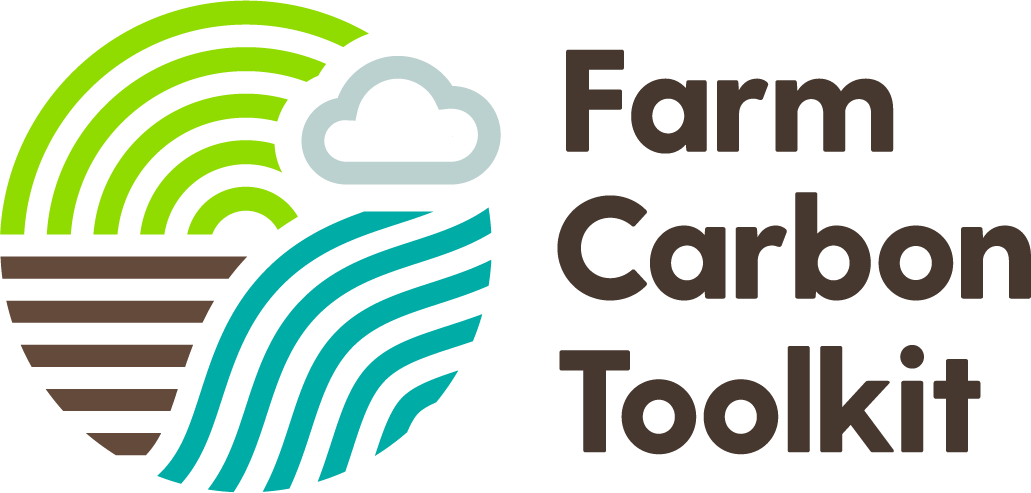Considering the carbon footprint and wider sustainability of the farmhouse and farm office can pay surprising financial dividends.
To get an idea of the most pressing areas for action, you can commission a domestic (farmhouse) or commercial (office) Energy Performance Certificate, which will identify which measures to prioritise. In many farm businesses energy used in the farmhouse can account for a significant amount of the total energy used on the farm. Especially in older properties, energy use in the farmhouse can be very high and there can be lots of areas where heat (and energy) escapes.
Insulation
The first priority should be insulation, as stopping heat escaping is the best step to reducing energy use and therefore will save money on heating bills. Just adding sufficient insulation to a property can save at least 15% on annual energy bills. The Farm Energy Centre estimate that increasing the level of loft insulation from 100mm to 270mm will give savings of between £150 and £300 per annum depending on fuel type and the size of the property.
Cavity walls can be insulated with injected foam, beads or fibre. Savings can be between £100 and £200 per year. Solid walls can be insulated with dry lining.
Excluding draughts can be one of the cheapest and most efficient ways to save energy (and money) in any type of building. 20% of heat loss can be avoided by draught-proofing windows and doors.
Other options to consider in terms of improving efficiency in the farmhouse are listed below:
- Water heating – including the right tariffs, lagging pipes, and looking at types of heating
- Domestic appliances and IT equipment – don’t leave things on standby
- Lighting
For more information on the items above, the Farm Energy Centre has produced a great info sheet which looks at these options in more detail. Download it here.
Rainwater Harvesting
If you are on a water meter, also consider installing rainwater recycling (greywater) methods which capture and re-use otherwise wasted rainwater. Buildings under construction present the ideal opportunity to install a RWH system – or it can be added to existing structures. A system may involve diverting drainage to a tank or reservoir to collect water and if necessary, could include treatment to improve water quality for specific uses. Distribution pumps and pipes may also be required to supply the water to where it is needed on-farm. There is a RWH system to suit all needs and budgets. It could simply be created by diverting roof gutters into a storage tank or water butt, or it could be more complex involving pumped storage, filters and UV treatment for use on ready-to-eat crops.
For more information on installing a rainwater harvesting system on-farm, why not read the Environment Agency’s guide, which has all the information needed about permits, water quality and how to install. Access it here.
Material choice
Materials are an important consideration, for example what is the embodied carbon associated with a particular material and are they recycled or reclaimed alternatives? Architectural salvage yards are good sources of cheap reclaimed materials for example.
Consider using chemical and Volatile Organic Compound (VOC) free paints – these are less damaging to the environment and to human health, but cost roughly the same amount. Every year chemical paints emit millions of tonnes of CO2.
Equipment such as furniture and technology have ‘carbon costs’ as well – anything new will have taken resources to create, so bear this in mind when considering furnishings and equipment and again consider reusing items. Locally produced items will have a lower carbon footprint, so buy local.
Further sources of information
The Farm Energy Centre – a wide range of practical advice for farmers and growers focussing on energy efficiency.
Energy Saving Trust – Home energy checker – an interactive service to see how to achieve lower home energy bills
Rainwater harvesting – the SWARM Hub website features a section on installing a Rainwater Harvesting System on-farm, access it here.
Farming Futures factsheet on energy efficiency
The Farming Futures website also has a library of case studies that feature farmers who have implemented rainwater harvesting systems on-farm.

